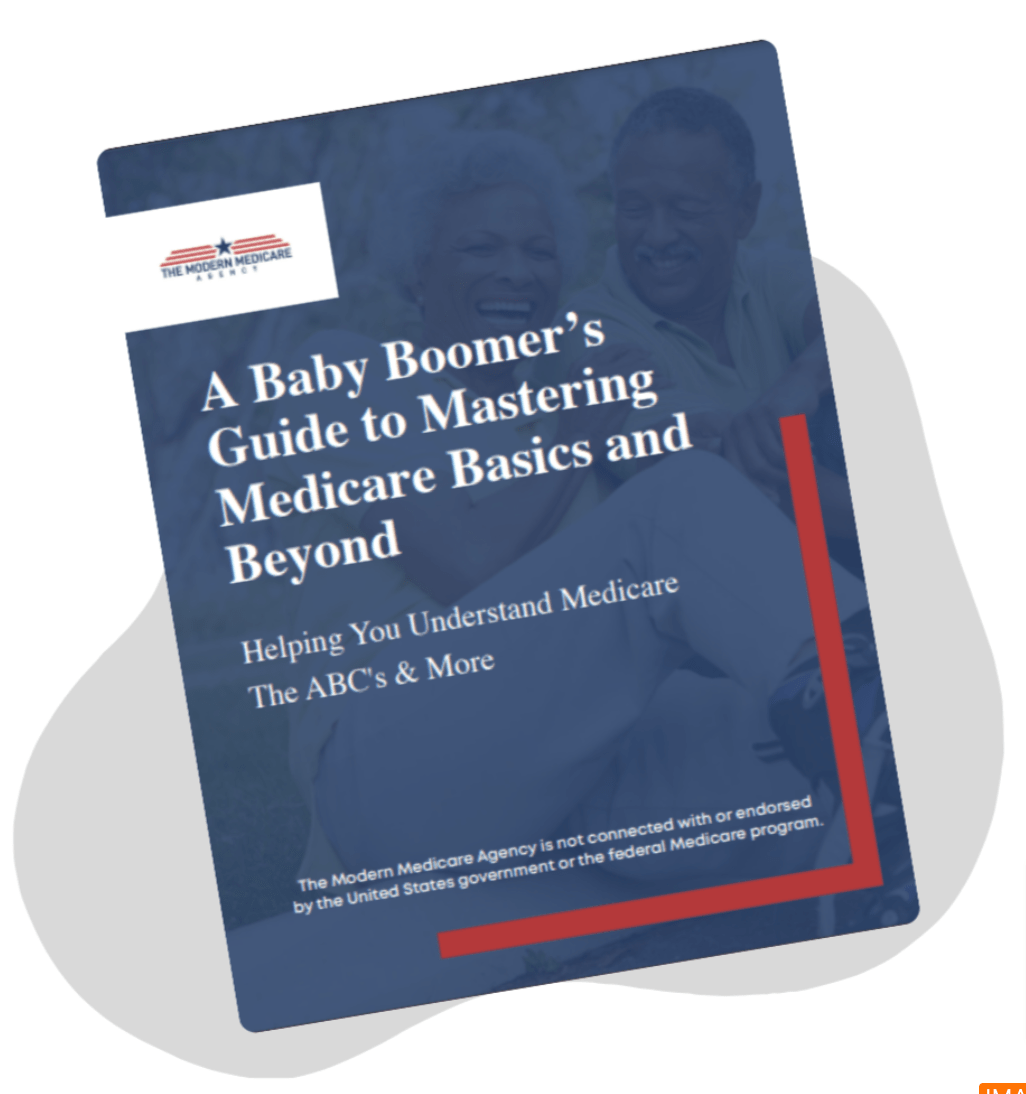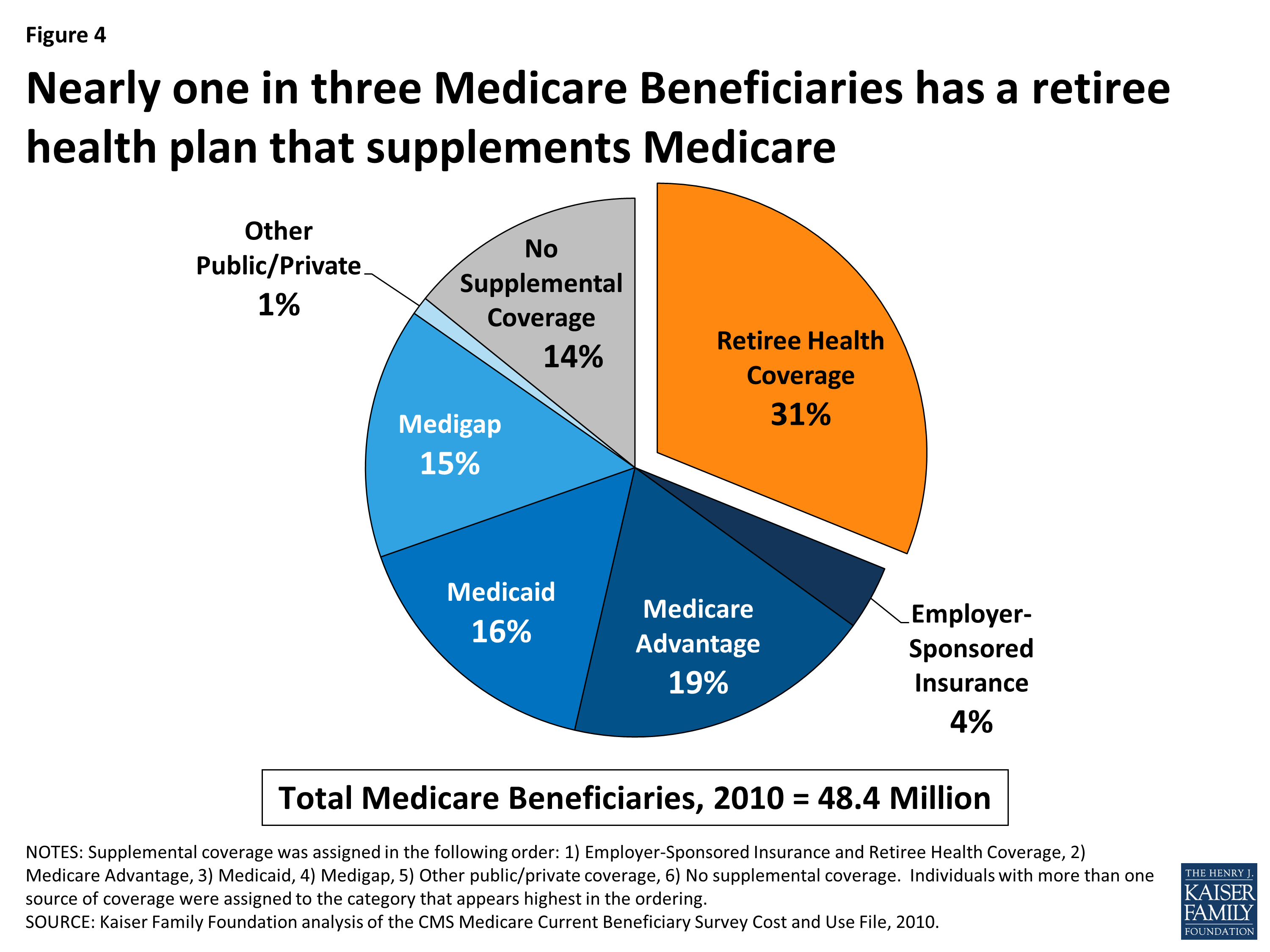Medicare Advantage Agent - Truths
Table of ContentsSome Known Facts About Medicare Advantage Agent.10 Easy Facts About Medicare Advantage Agent ShownMedicare Advantage Agent Things To Know Before You Get This


follows from complies with the puzzling young reasonably profile of the uninsured with the better healthFar better health and wellness average, of younger persons. For those without access to office health and wellness insurance policy, inadequate health is a possible barrier to buying nongroup protection because such coverage might be extremely priced, exclude preexisting conditions, or be just not available. Unless or else kept in mind, national estimates of individuals without wellness insurance policy and proportions of the population with different kinds of coverage are based on the CPS, the most widely used source of price quotes of insurance policy coverage and uninsurance rates.

The Facts About Medicare Advantage Agent Uncovered
Over a three-year period starting early in 1993, 72 million individuals, 29 percent of the U.S. populace, lacked coverage for a minimum of one month. Within a solitary year(1994), 53 million individuals experienced a minimum of a month without protection(Bennefield, 1998a). 6 out of every 10 without insurance grownups are themselves used. Although working does boost the possibility that and one's member of the family will have insurance coverage, it is not an assurance. Also participants of households with two permanent breadwinner have almost a one-in-ten possibility of being uninsured (9.1 percent without insurance rate)(Hoffman and Pohl, 2000 ). The connection between medical insurance and accessibility to care is well developed, as documented later on in this phase. The relationship in between wellness insurance coverage and wellness end results is neither direct neither basic, a considerable medical and wellness solutions research literature web links health insurance policy coverage
to improved enhanced to care, better much betterTop quality and improved enhanced individual population health wellness. The second record, on individual health and wellness outcomes for without insurance adults, is stood for by the innermost circle of the number, while the third record, on household health, includes the topics of the 2nd report yet highlights a different system of analysis, specifically, the family. The sixth record in the collection will certainly provide info regarding strategies and efforts embarked on in your area, statewide, or country wide to deal with the lack of insurance policy and its unfavorable influences. Degrees of analysis for taking a look at the effects of uninsurance. This conversation of wellness insurance policy coverage concentrates mostly on the U.S. populace under age 65 since essentially all Americans 65 and older have Medicare or various other public coverage.
Additionally, it focuses especially on those with no wellness insurance coverage for any type of length of time. The troubles dealt with by the underinsured remain in some aspects similar to those dealt with by the without insurance, although they are generally much less extreme. Uninsurance and underinsurance, nonetheless, entail clearly various policy concerns, and the approaches for addressing them may vary. Throughout this research study and the 5 reports to comply with, the main focus is on persons with no medical insurance and therefore no support in paying for health care past what is readily available with charity and safeguard establishments. Health and wellness insurance policy is a powerful element affecting invoice of care since both clients and medical professionals react to the out-of-pocket cost of solutions. Medical insurance, nevertheless, is neither essential nor adequate to gain accessibility to medical services. However, the independent and direct result of wellness
insurance protection on accessibility to health and wellness services is well established. Others will certainly obtain the healthcare they need even without health insurance, by wikipedia reference paying for it expense or seeking it from carriers that provide treatment cost-free or at extremely subsidized rates. For still others, medical insurance alone does not guarantee receipt of treatment due to the fact that of other nonfinancial barriers, such as an absence of healthcare suppliers in their neighborhood, restricted access to transportation, illiteracy, or etymological and cultural distinctions. Official research study concerning without insurance populations in the United States dates to the late 1920s and early 1930s when the Board on the Cost of Medical Care produced a series of records regarding funding doctor office sees and hospitalizations. This concern came to be significant as the varieties of medically indigent climbed up throughout the Great Anxiety. Empirical studies constantly support the web link in between access to care and improved health outcomes(Bindman et al., 1995; Starfield, 1995 ). Having a routine resource of care these details can be considered a forecaster of accessibility, instead of a straight procedure of it, when wellness end results are themselves used as gain access to indicators. This extension of the notion of access measurement was made by the IOM Board on Checking Accessibility to Personal Healthcare Solutions(Millman, 1993, p. Whether moms and dads are insured shows up to impact whether or not their children get care in addition to just how much careeven if the kids themselves have protection(Hanson, Our site 1998). The health and wellness of parents can influence their capability to care for their kids and the level of household anxiety. Bothering with their children's access to care is itself a source of stress for parents. Three phases comply with in this report. Phase 2 offers an introduction of exactly how employment-based health insurance coverage, public programs and individual insurance coverage operate and communicate to give substantial but incomplete insurance coverage of the united state populace. This consists of a testimonial of historical fads and public laws affecting both public and personal insurance, a discussion of the interactions amongst the different kinds of insurance coverage, and an assessment of why individuals relocate from one program to one more or finish up
